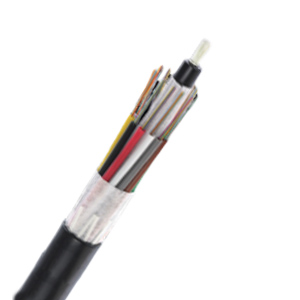
Cables and cords, the silent workhorses of our modern world, seamlessly connect devices, transmit data, and power our daily lives. While often used interchangeably, these two terms have distinct characteristics and applications.
Cables: The Backbone of Infrastructure
Cables are robust, multi-stranded conductors, typically insulated and jacketed for protection and durability. They are designed for permanent installations and can withstand harsh environments. Their industrial applications are vast, including:
Power transmission and distribution: High-voltage cables carry electricity over long distances, while low-voltage ones power buildings and machinery.
Telecommunications: Coaxial cables and fiber optic cables transmit data and signals for internet, phone lines, and cable TV.
Construction: Underground burial cables provide power and communication in construction projects.
Varieties of Cables
Power cables: Vary in voltage capacity, insulation materials, and shielding for different applications.
Data cables: Categorized based on transmission speed and signal type, such as Ethernet cables and HDMI cables.
Control cables: Carry low-voltage signals for control systems in industrial settings and automation.
Cords: Flexibility on the Move
Cords, in contrast to cables, are flexible and typically have fewer conductors. They are designed for temporary connections and frequent movement.
Powering appliances and electronics: Laptop chargers, phone charging cables, and extension cords provide temporary power connections.
Connecting devices: Instrument cables connect musical instruments to amplifiers, and patch cables connect devices within audio/video systems.
Data transfer: USB cables connect devices to computers for data transfer and charging.
Varieties of Cords
Power cords: Vary in length, plug type, and amperage rating to suit different appliances.
Signal cords: Connect devices for audio, video, or data transmission, such as HDMI cables and aux cords.
Instrument cables: Designed for low-noise signal transmission in musical applications.
Choosing Between Cables and Cords
The key differentiator lies in durability and flexibility. Cables, built for strength and longevity, are ideal for permanent installations and harsh environments. Cords, with their emphasis on flexibility, are suited for portable applications and frequent movement.
In conclusion, understanding the distinct roles of cables and cords is crucial for making informed choices when selecting connectors for various applications. Whether powering entire buildings or connecting your laptop charger, these versatile tools ensure our devices and infrastructure function seamlessly.

